Chhota Mangwa – Of Mountains and Orange Orchards
“What is the name of the place you said?” – My friend asked scratching his head. “Its Chhota Mangwa, a small mountain village in North Bengal”, I replied. Still confused he said, ”How do you dig out such unfamiliar places Ava? You better not forget to write a blog on this then.”
Like my friend, I am sure many of you might not have heard about this offbeat place before. So let us introduce you all to Chhota Mangwa or Chhota Mangmaya (as many locals call it), a small eco-friendly village tucked away in the hills of North Bengal and still unknown to many. When Darjeeling has started losing it’s charm over the years due to increasing number of tourists, this little hamlet just 35 kilometres away from Darjeeling provides a great atmosphere to detox far from the maddening crowd. Apart from the pleasant weather, the ethereal views and the breathtaking sunrise, Chhota Mangwa is also a great destination to see orange orchards full of ripe oranges and this is exactly the reason why we wanted to visit this place so badly.
On the way to Chhota Mangwa comes another village called “Bara Mangwa” which boasts of some of the best orange orchards. The orchard we stopped by was really huge and we could see orange trees laden with umpteen ripe oranges till the point our eyes could see. While coming back we were given two oranges to taste which were some of the tastiest oranges we ever had. We wanted to buy a lot more of those fresh juicy oranges, but it was not possible as the orange orchards of Mangwa are given on lease for every harvest and so the oranges are not sold lose.
Fact Check: The oranges at Bara Mangwa are bigger and juicier than the ones at Chhota Mangwa due to the difference in altitude. But whenever it comes to taste, Oranges from both the places are equally fresh and tasty.
It was around 2 pm when we reached Chhota Mangwa where our accommodation was booked. The quaint village is placed atop a ridge with views of Teesta valley and Kalimpong hills on one side and Kanchenjunga at the other. On a clear day, the sunrise looks gorgeous from here with the 1st rays of the sun piercing through the fluffy white clouds drifting over the valley.
A small village of 150 odd families, people of Chhota Mangwa are mostly engaged in organic farming and eco tourism. That is the reason every dish tastes ultra delicious here as the food is prepared using farm fresh produce. As we walked through the dirt path of the village flanked by lush greenery, we could see orange orchards every where along with lots of vegetable farming such as Squash, pumpkins and tree tomatoes. Squash grew abundantly all across the village and as we got to know from our resort owner, apart from being used as food dried squash is also stashed as cow food by the people.
Everyone we met in this village including our resort staff and owner were very friendly and welcoming. The best experience was meeting a very loving elderly lady as we were strolling around the village. She was carrying a big basket of grass on her back that looked much bigger than her own size and still had that sweet smile on her face. We were quite amazed seeing her as we keep complaining of hardships quite often whereas this elderly woman mostly in her eighties was working so hard yet looked so happy and content. We requested to have a photograph with her and she happily agreed. when we showed her the pictures in the camera she got ecstatic like a child clapping and smiling. The only words we could understand from whatever she said was “first class”. This reminded us of the simplicity and innocence still left in the people of these hills that is mostly lost in the people of the cities.
We took out some time to explore the nature trail around the resort and found a view point overlooking the Teesta valley. Time seemed to stand still as we got immersed in the view of majestic green mountains soaked in the morning sun with cool breeze brushing against our bodies. 2 days had passed in complete solitude watching the majestic mountains, exploring the various farmlands and orchards and enjoying the garden fresh food. This was the place where nights came with twinkling stars and sound of crickets and the days started with the chirping of birds and rustling leaves. It was hard to leave a heavenly place like this, but then we knew it was definitely not our last visit.
For the return journey we chose the road via Tinchuley which is quite a scenic route passing through pine forests and the beautiful Peshok Tea Estate. On the way there is another place of interest called as “Lovers meet view point” which is the confluence of the Teesta and Rangit rivers. We made a quick stop at both places before heading to catch our train from NJP.
Nearby attractions
- Tinchuley: A pretty mountain village surrounded by lush green pine forest
- Phunchok Choling Monastery: This monastery in the near by Takling village is more than 100 years old
- Lopchu: Another little village near by with an orange juice manufacturing factory where you can see the process of juice production
- Rungli Rungliot tea garden in Takdah village
- Peshok Tea Estate
- Lover’s meet view point: The confluence of Teesta and Rangit river
- River rafting: Arranged by various operators in Teesta and Rangit rivers
Best time to visit
Chhota Mangwa can be visited any time of the year because of its pleasant weather and natural beauty. But if you are keen on seeing orchards full of oranges, then November to December is the best time to visit.
Our time of visit: December 1st week
Avoid monsoon season as the roads in North Bengal are prone to landslides.
How to Reach
The best way to reach Chhota Mangwa is to reserve a car from the New Jalpaiguri (NJP) station or Bagdogra Airport.
New Jalpaiguri (NJP) to Chhota Mangwa
Time by car: Approx 2.5 hours
Approx Fare: INR 2500 – 3000
Bagdogra Airport to Chhota Mangwa
Time by car: Approx 3.5 hours
Approx Fare: INR 3500 – 4000
Alternatively, you may also travel by shared taxi till Teesta Bazar and then reserve a car for Chhota Mangwa which will be cheaper, but a bit tedious.
Opt for a vehicle with higher ground clearance as the last few kilometres are quite rough while approaching Chhota Mangwa
Where to Stay
You may opt to stay either at Chhota Mangwa or Bara Mangwa depending on your choice of stay. Both villages are nearby (around 25 mins by car) and whereas Bara Mangwa boasts of large orange orchards and step cultivation, Chhota Mangwa provides greater views and the much needed isolation.
Stay options at Bara Mangwa
- Bara Mangwa Farm House
- Bara Mangwa Orange Villa
- Darjeeling Blossom Eco Tourism Complex
Stay options at Chhota Mangwa
Darjeeling Blossom Eco Tourism Complex:
We stayed at Darjeeling Blossom Eco Tourism Complex at Chhota Mangwa and totally loved our stay. This complex is perched on a ridge with great views all around and is owned by Mr M.K.Pradhan. The stay is comfortable with cottages and log huts on offer and the food prepared from farm fresh produce is super yummy. But it does not provide luxuries like TV, phone or a geyser in the room though the staff provide buckets of hot water as required. If you love spending time amidst nature in total isolation, then this place will not disappoint you.
Booking for this place can be done through their website: http://darjeelingblossomecotourism.com
For more information on this accommodation, you may read our review on Trip Advisor here.
Suggested Itinerary
A trip to this Chhota Mangwa is all about exploring the various trails and orchards, spending time looking at the mountains or having farm fresh food to your heart’s content. So spend at least 2 days here and enjoy your time away from the hustle and bustle of the city life. Following is an itinerary for 2 nights and 3 days that you may consider while visiting Chhota Mangwa.
Day 1: Reach Chhota Mangwa from Bagdogra or NJP
Visit an orange orchard at Bara Mangwa on the way. Walk to Takling village and visit the monastery. Rest of the day, explore the village of Chhota Mangwa and its various orchards.
Day 2: Sightseeing of near by attractions
Visit Tinchuley village, the juice factory at Lopchu and Rangli Rungliot tea garden at Takdah. You may also opt for river rafting in the afternoon.
Day 3: Return to NJP station or Bagdogra airport
Visit Peshok Tea Estate and Lover’s meet point on the way back.
We recommend adding Darjeeling and/or Kalimpomg with Chhota Mangwa to make the trip a bit longer.


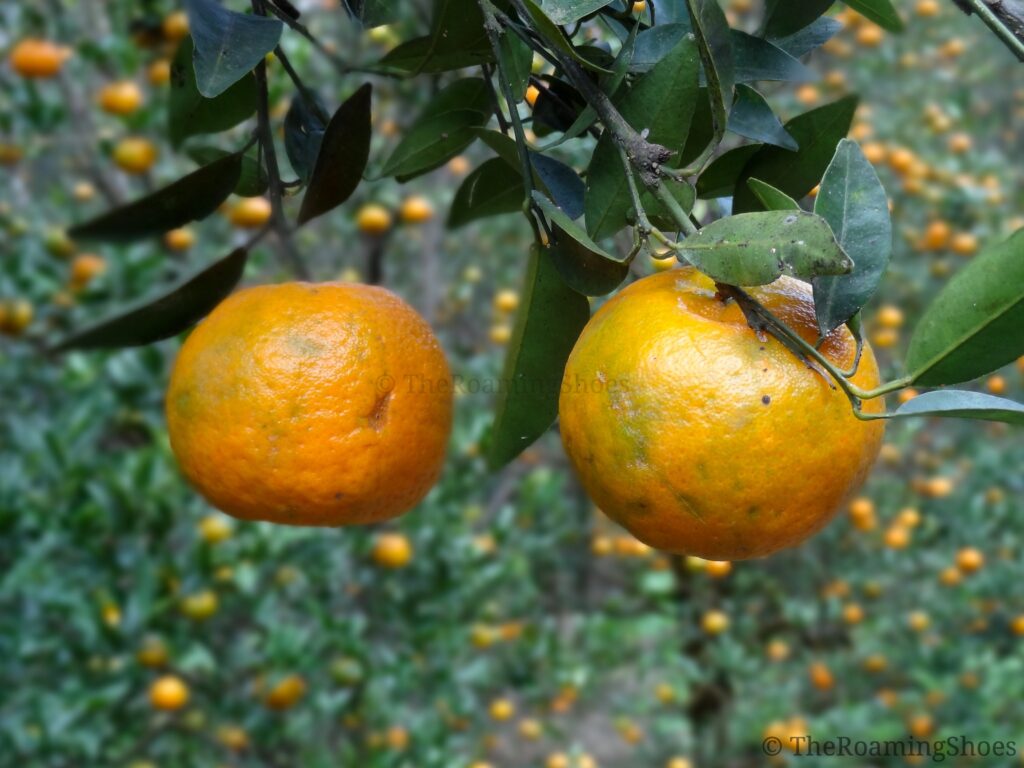
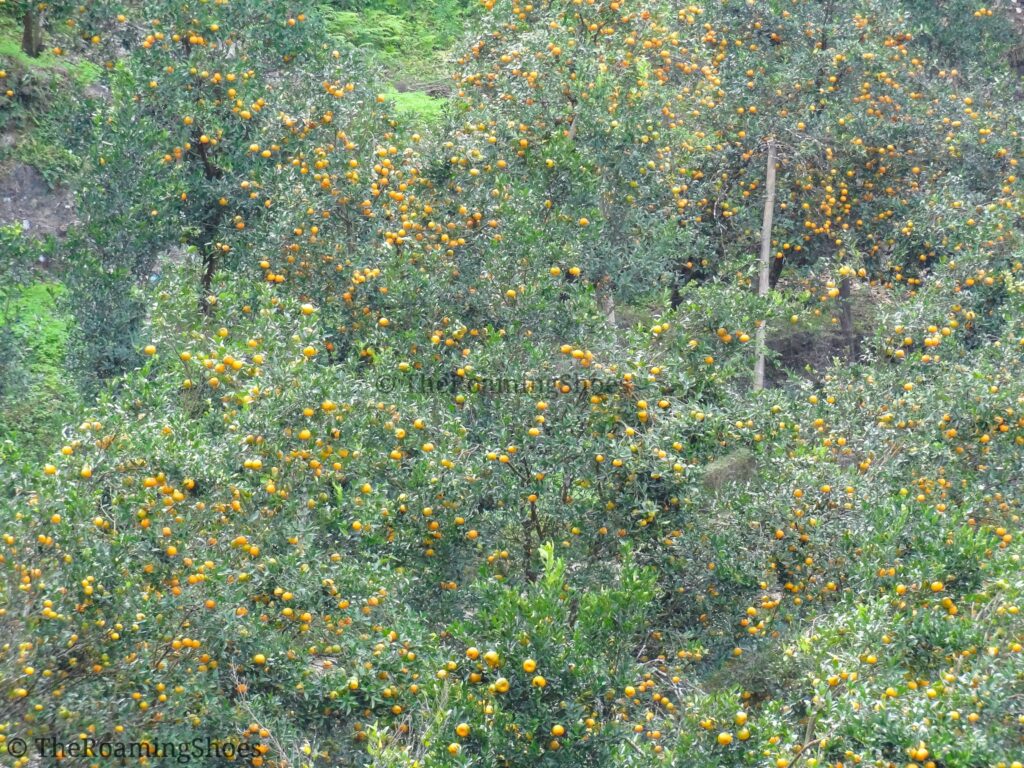
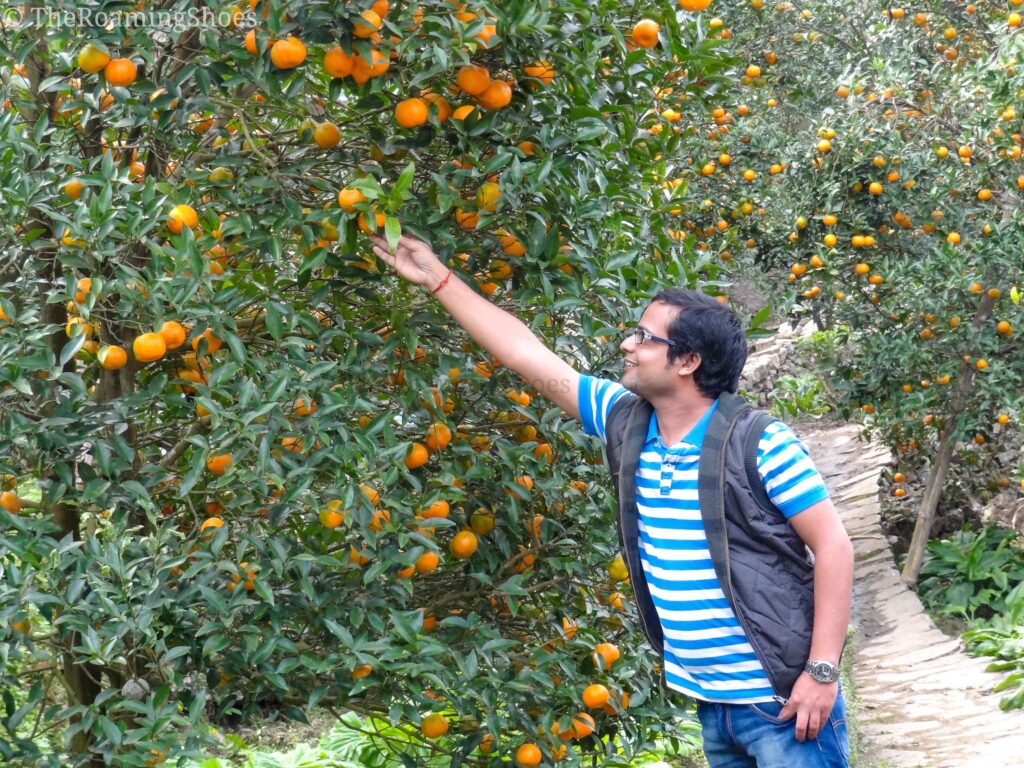
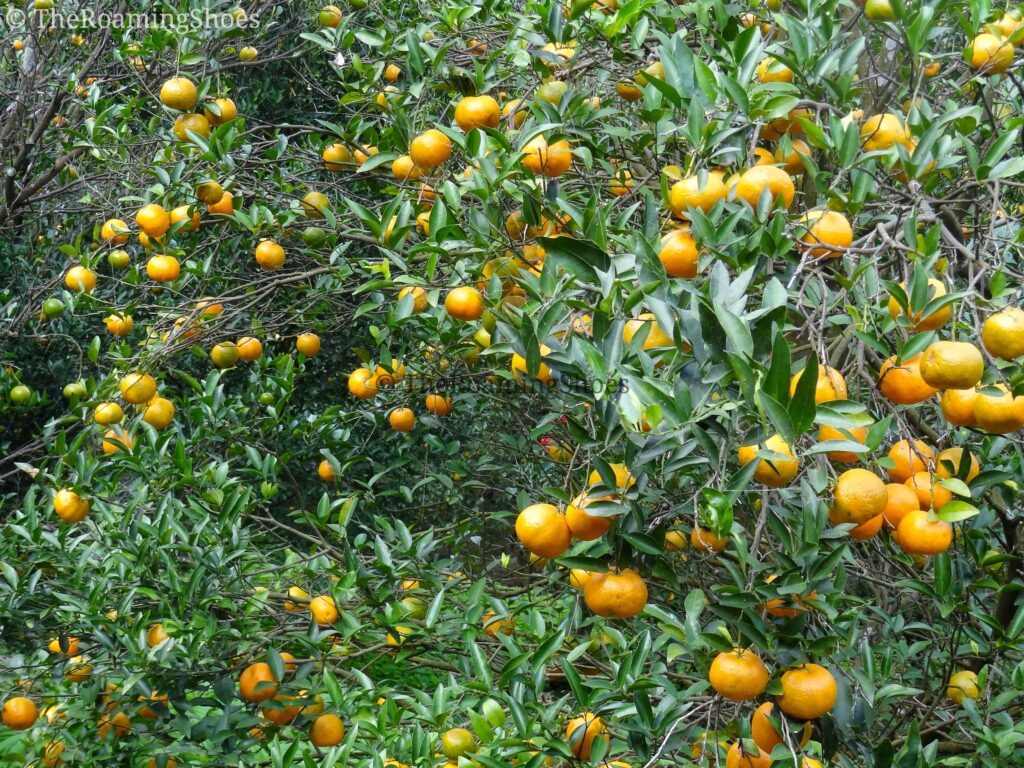
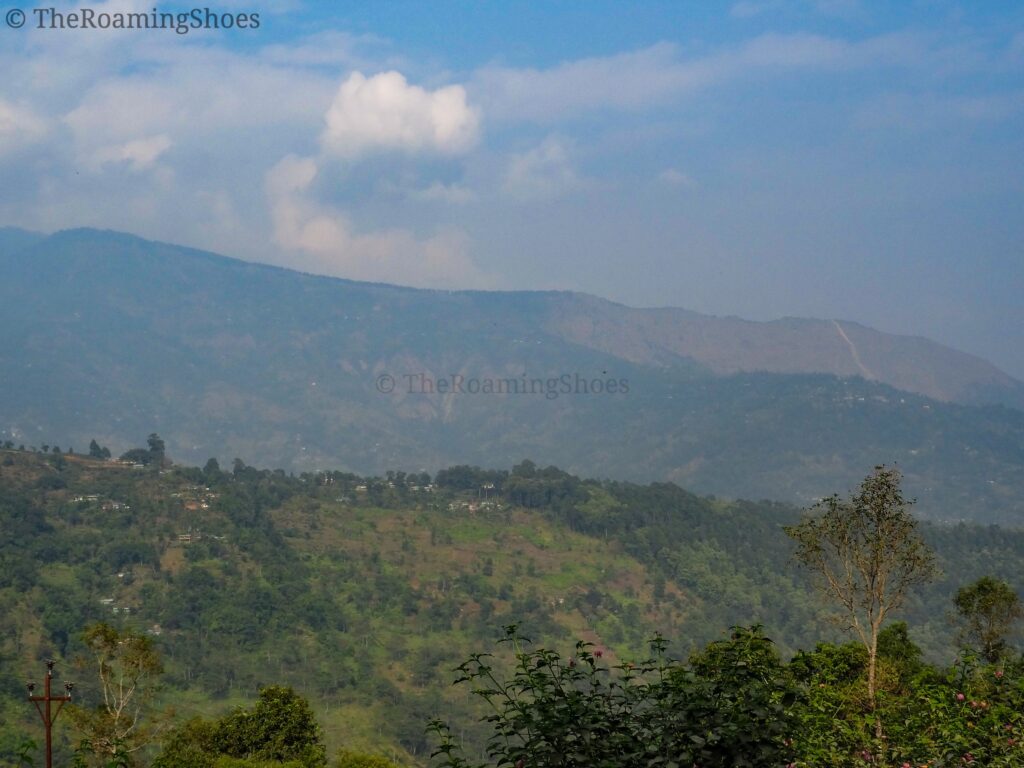
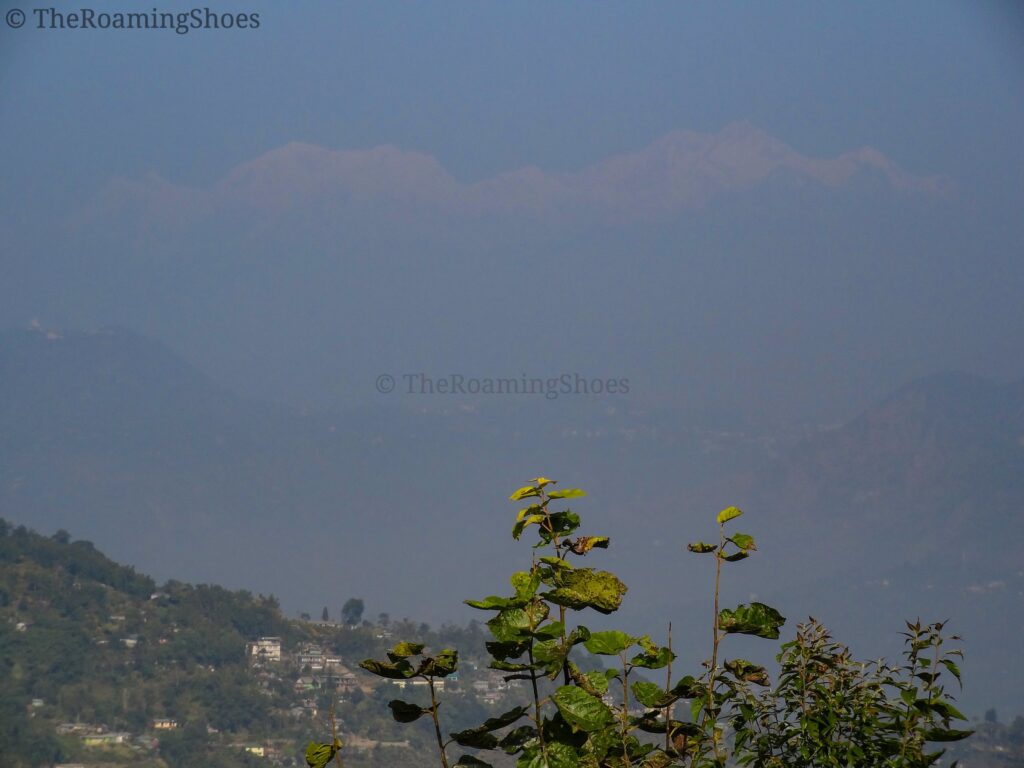
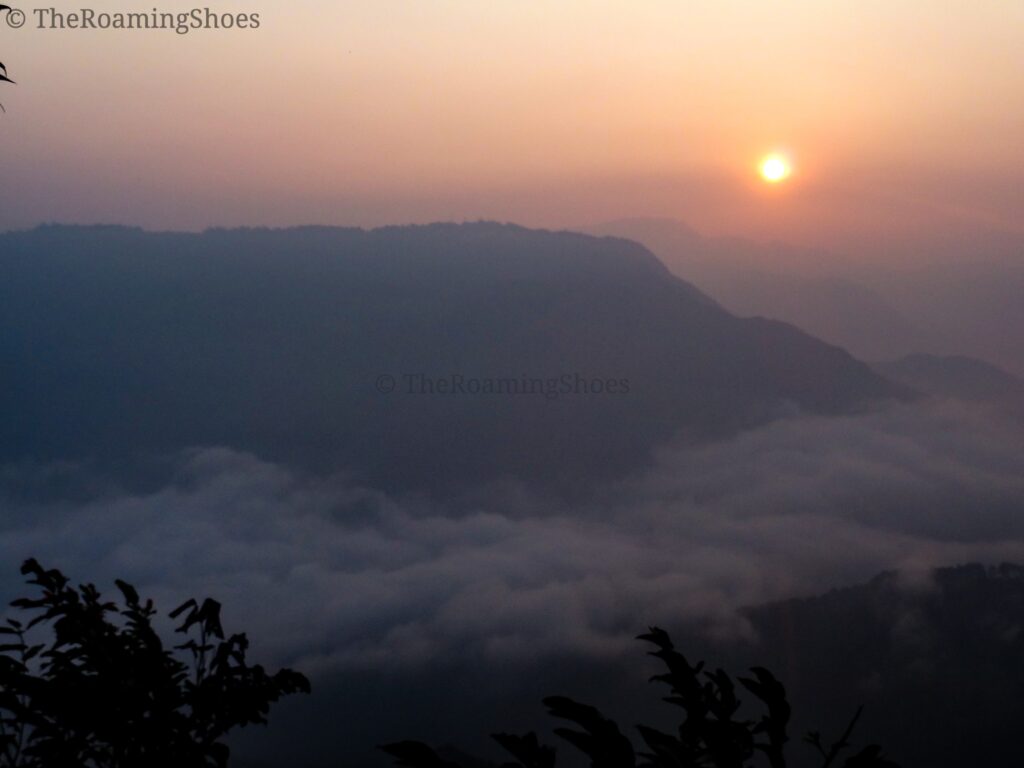
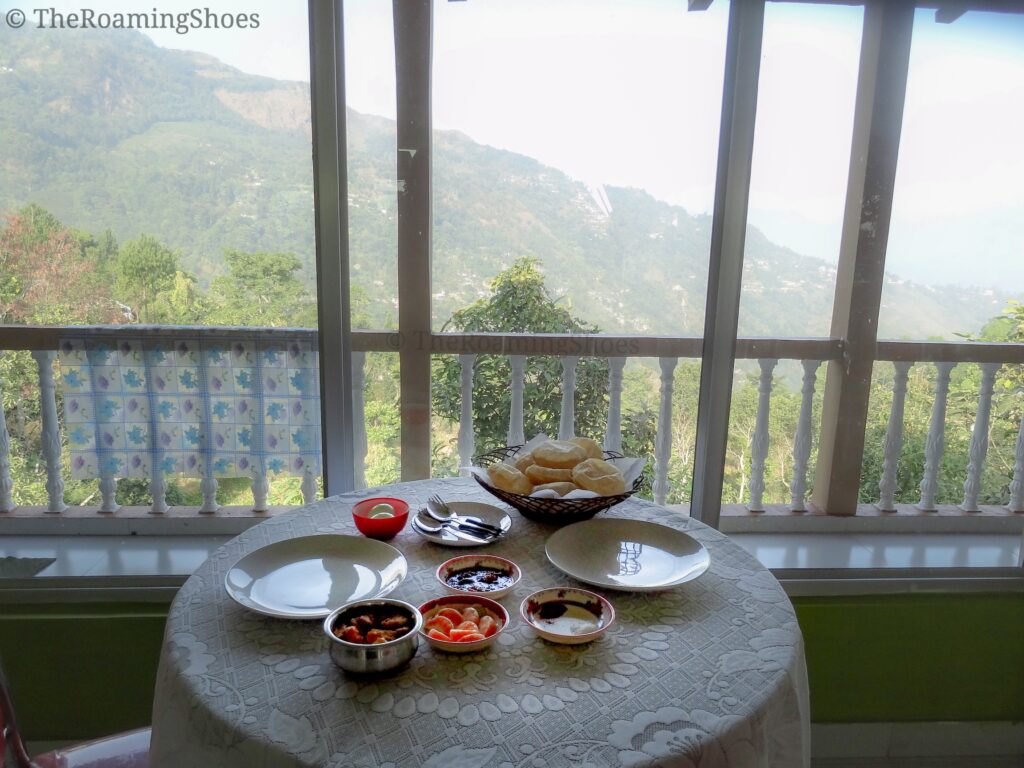
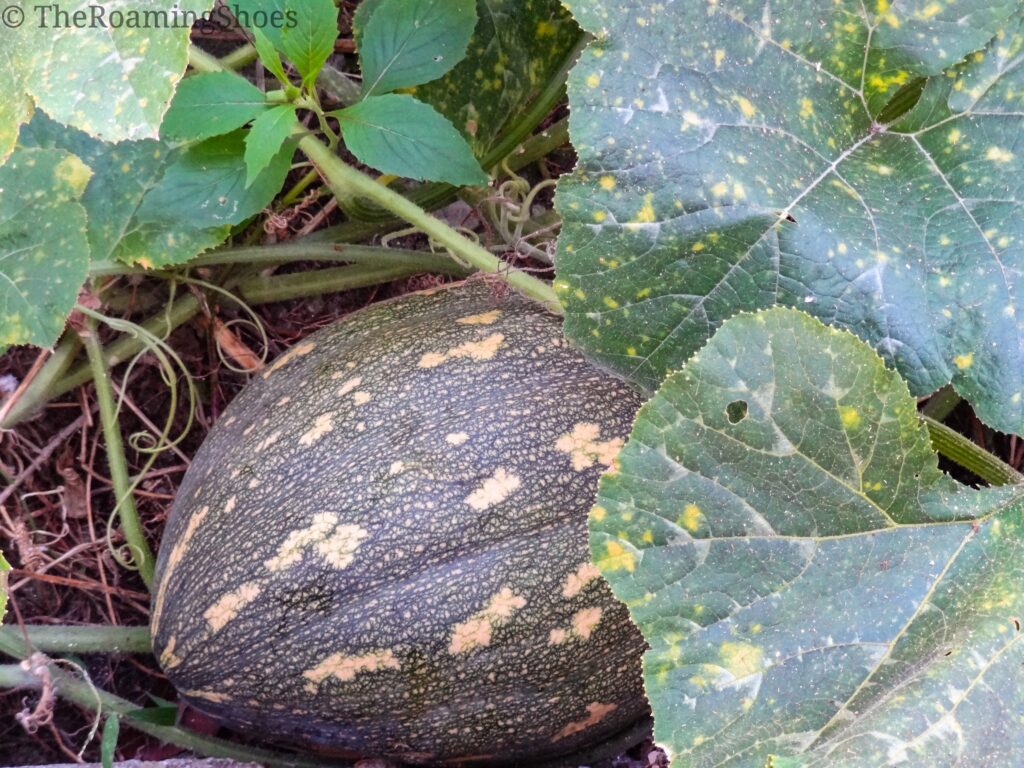
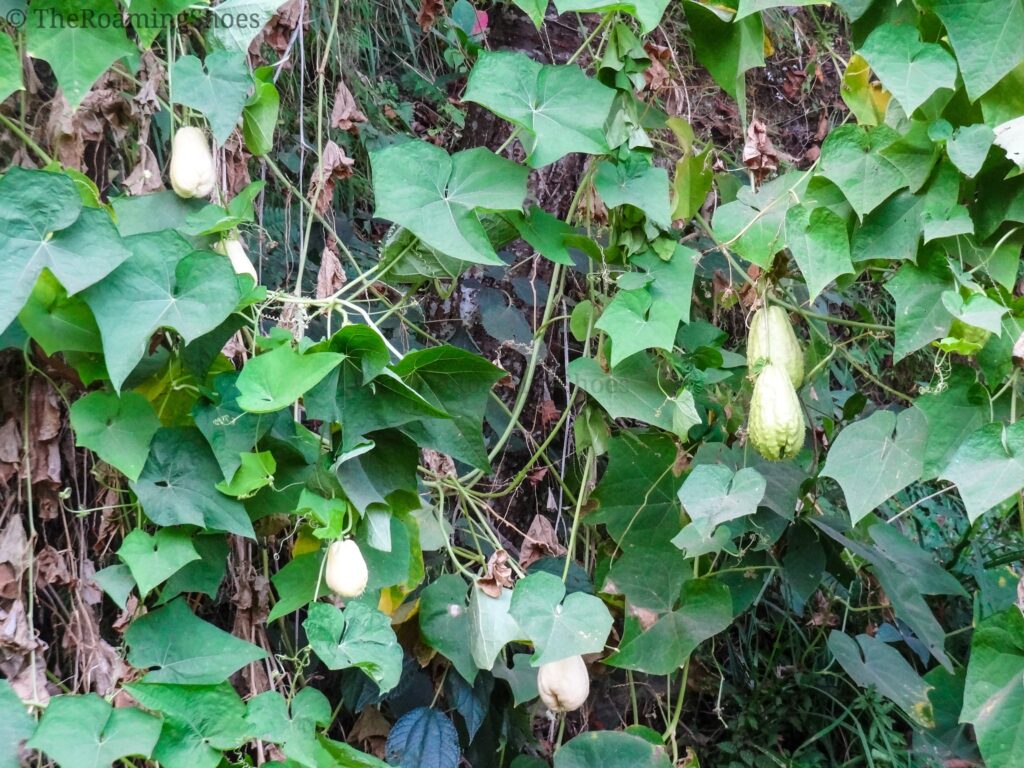
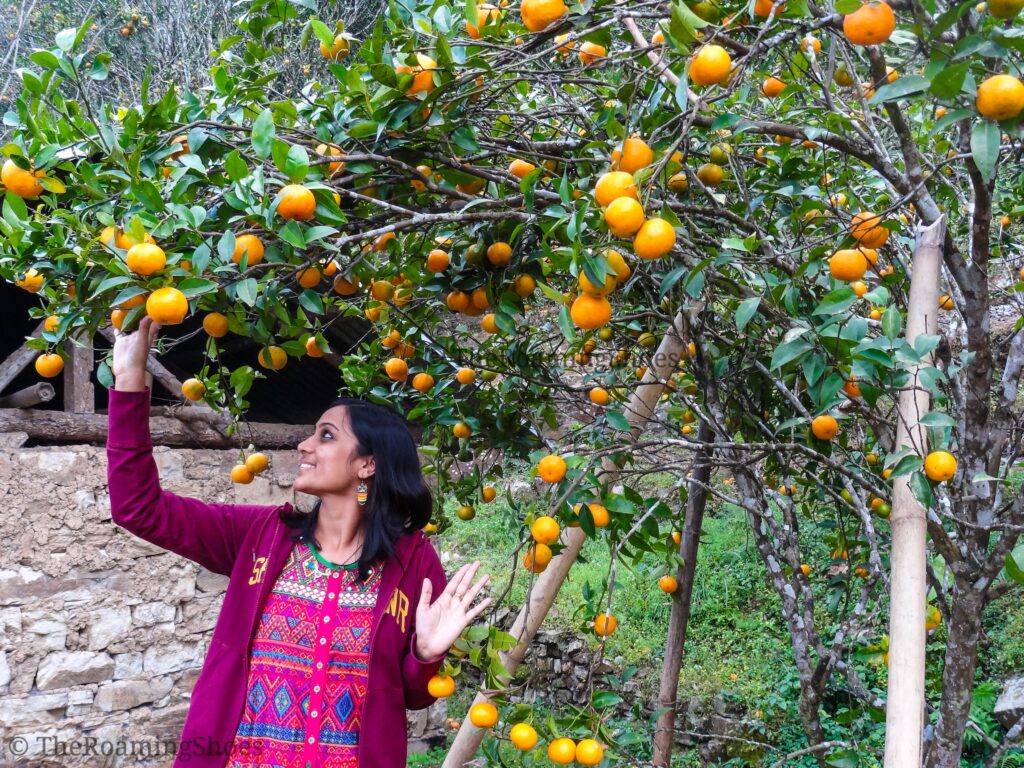
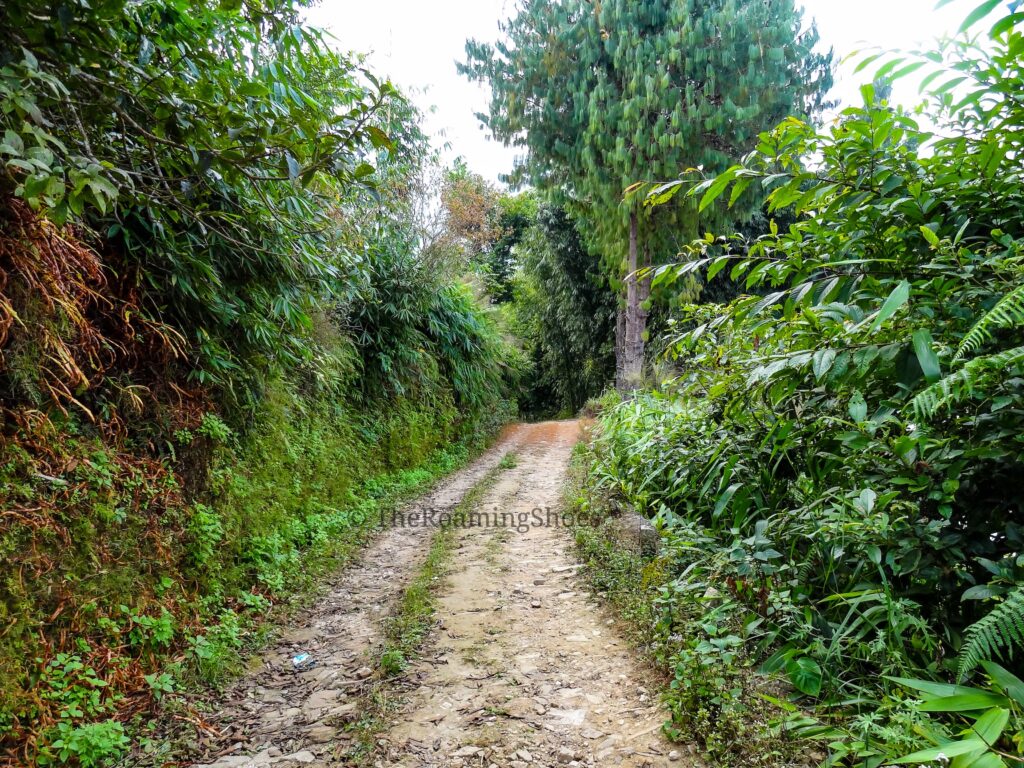
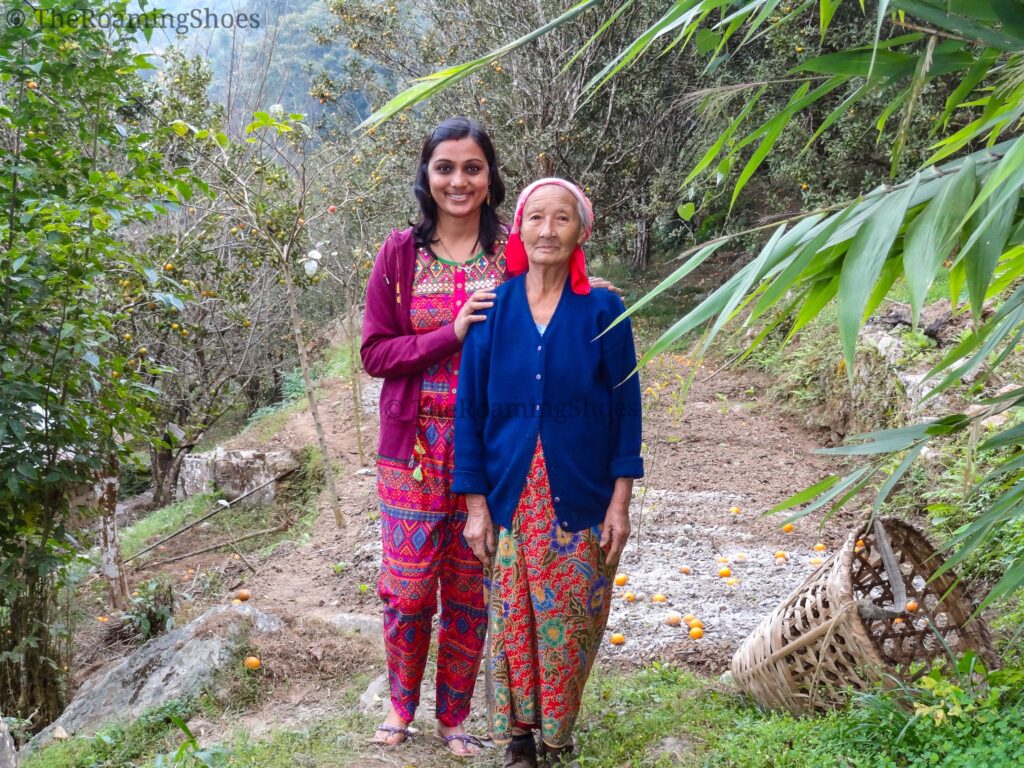

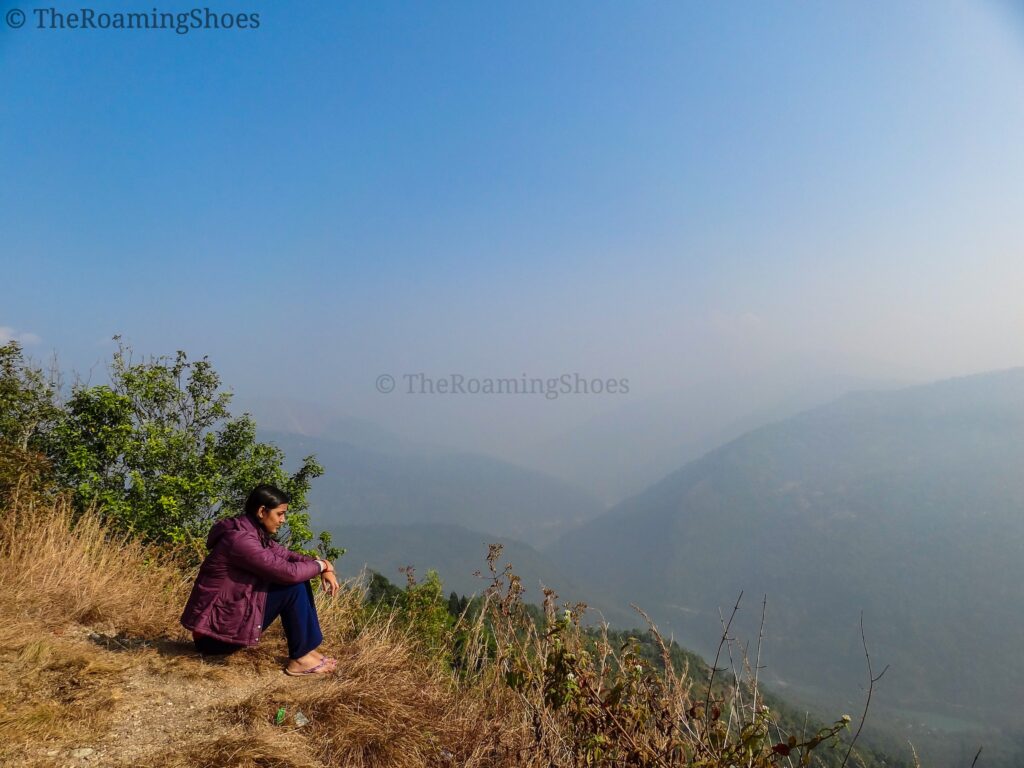
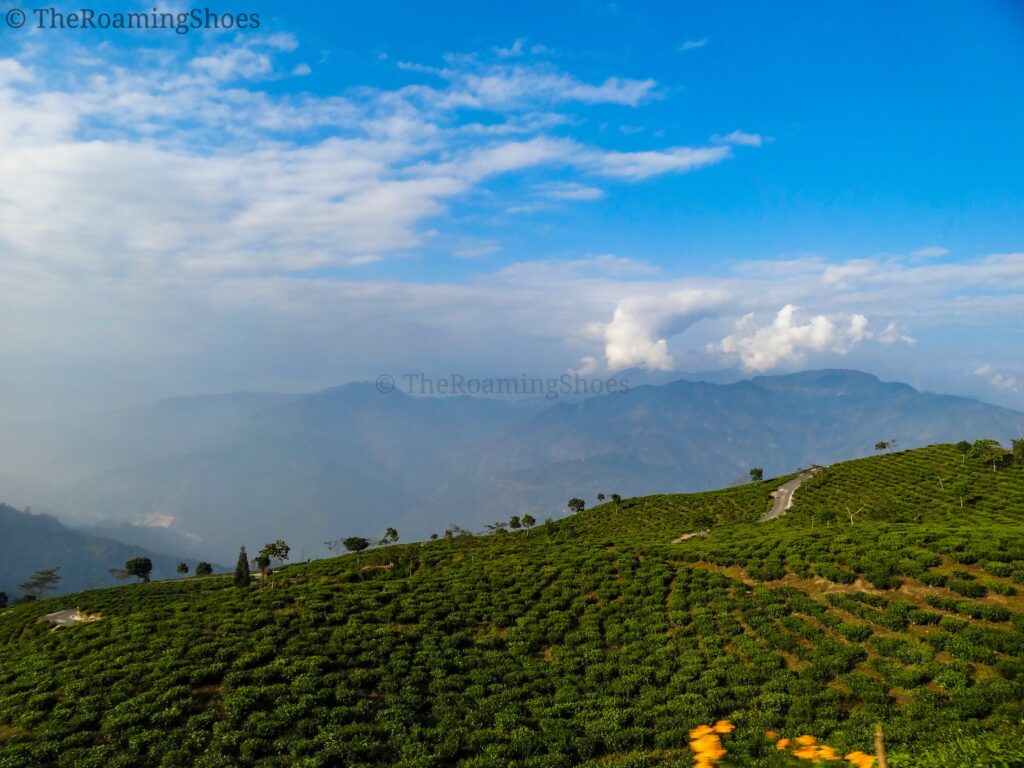
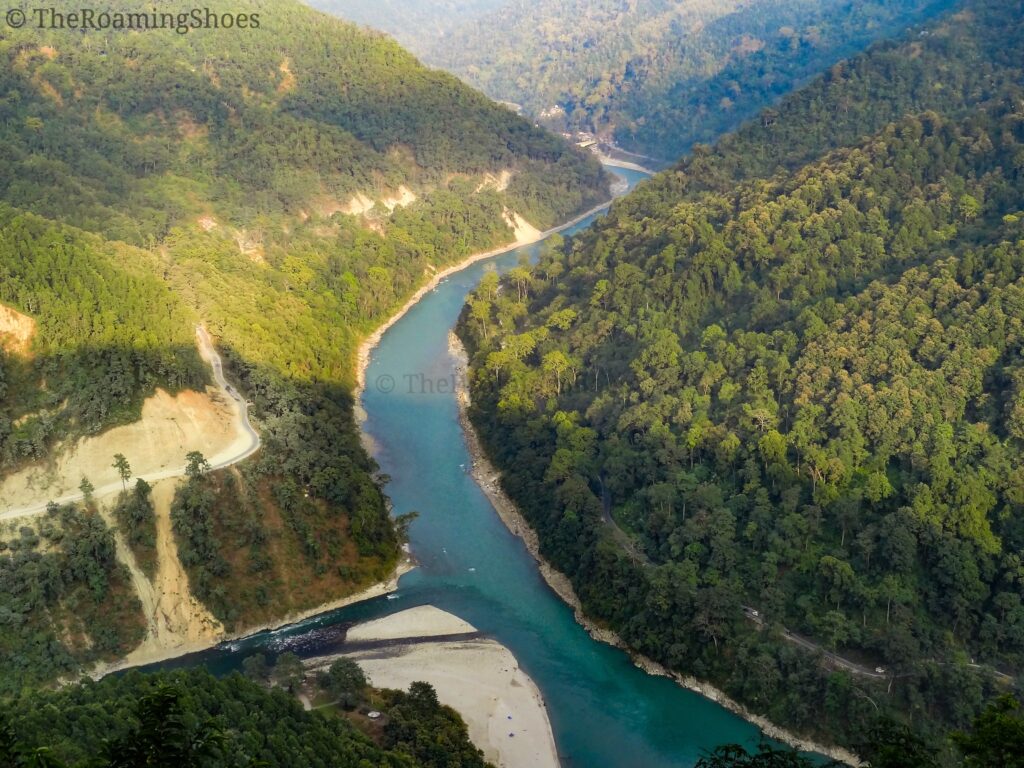
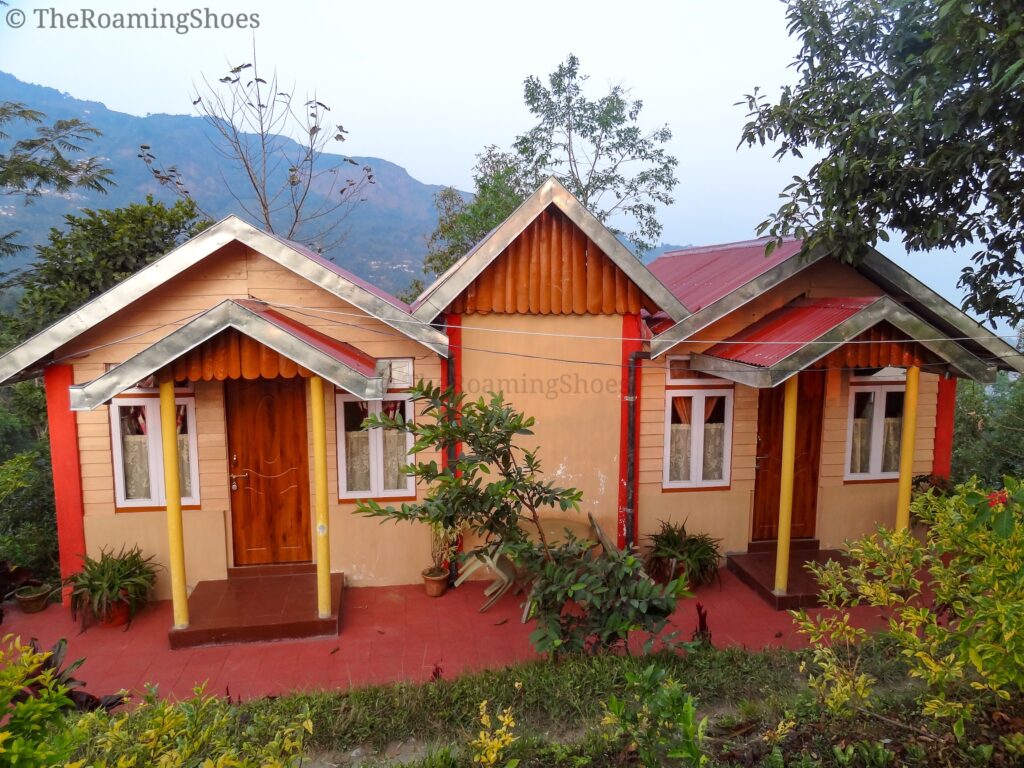

NIce trip report, liked it. planning to go there in oct this year
Thank you Supriyo.
Absolutely stunning Photos. Really off beat location, but also extremely authentic and traditional. Your pictures are very beautiful and I will surely visit it.
Thanks Annie. So glad you liked the pics. Hope you get to visit soon and experience this offbeat beauty 🙂